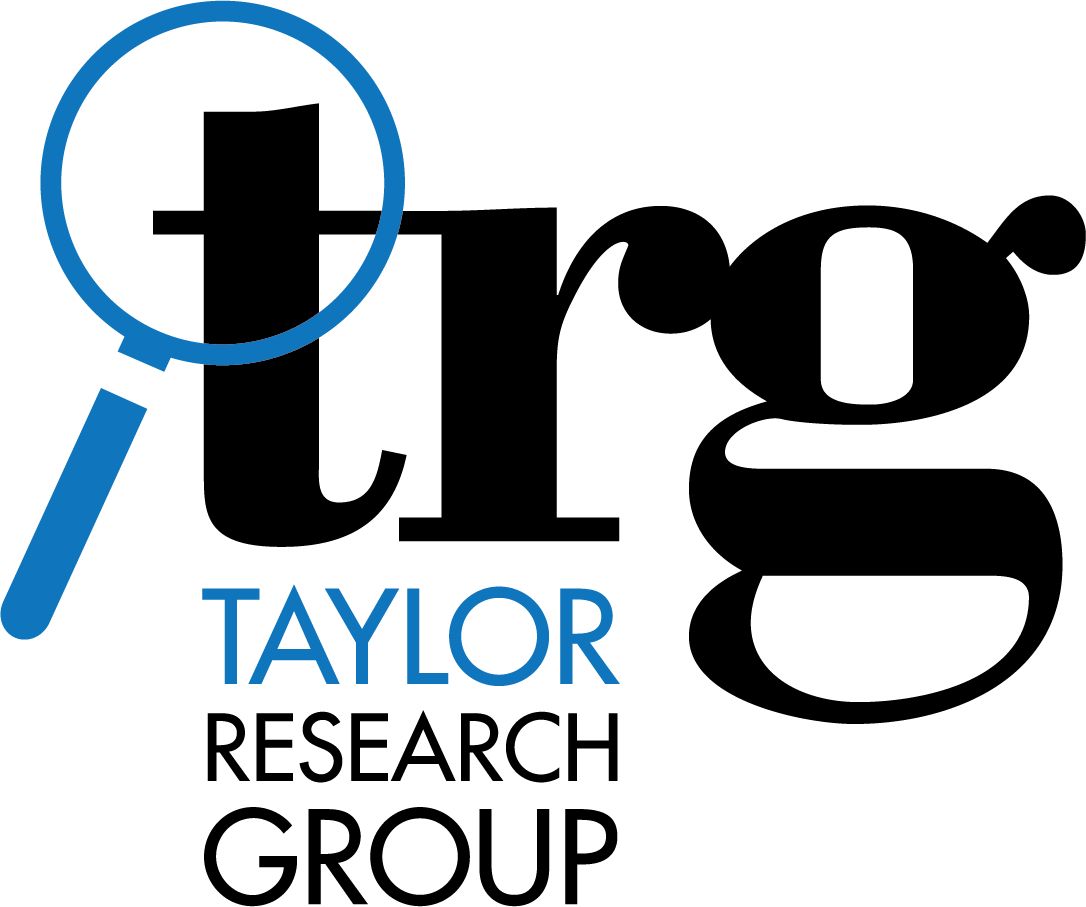The passing of the Bipartisan Infrastructure Law in November 2021 marked a historic day for federal funding of environmental programs. The law unlocked over $50 billion of funds to the Environmental Protection Agency (EPA), $5 billion of which will be utilized to address problematic Superfund and brownfield sites, abandoned mines, and old oil and gas wells. In December 2021, the EPA announced that $1 billion had been immediately released to initiate cleanup and clear the backlog of 49 previously unfunded Superfund sites located in 24 states across the country, more than 60% of which are located in historically underserved communities.
The Holcomb Creosote Company is one of 49 Superfund sites throughout the country that will now receive funding for cleanup activities through the Bipartisan Infrastructure Law. This company operated a wood-treating facility in North Carolina between the 1950s and 2009. Photo Credit: EPA
$1.5 billion has been allocated for the EPA Brownfields Program in the form of $1.2 billion to project grants and $300 million to state and tribal response programs. The assessment and cleanup of brownfields (properties that are overlooked for redevelopment or reuse due to the presence or potential presence of a hazardous substance, pollutant, or contaminant) are often the key to economic and social changes in communities in need of equitable and sustainable revitalization. The EPA anticipates that under this funding it will clean up hundreds of brownfield properties, assess 18,000 sites, train and place thousands of individuals in environmental jobs, and assist hundreds of communities in identifying equitable reuse options that will improve their neighborhoods.
This brownfield property is located in Greenville, South Carolina. This before and after photo shows the auto repair garage that sat vacant for decades before brownfield funding breathed new life into it. The EPA invested $58,000 which yielded a $4 million development project and 20 full time jobs. Photo Credit: greenvillesc.gov.
The influx of federal funding available to assess contaminated sites such as Superfund and brownfield properties is unprecedented and is expected to result in a significant increase in the number of environmental assessments taking place over the next few years. Successful and timely environmental assessments must take into account a contaminated site’s history. The environmental specialists and historians at Taylor Research Group (TRG) regularly conduct such research to help reveal how a site developed over time and to answer key, outstanding questions. For example, who owned and operated the site? What operations and activities took place there? What classes of chemicals were used in specific industrial processes that took place on it? Were chemicals and/or hazardous wastes utilized, generated, and/or stored on the site? If so, where?
Oftentimes, the answers to these questions are nuanced and complex and can only be uncovered by conducting thorough historical research. Time and again, our clients have found that detailed research conducted early on can save time and money down the road. As government and industry navigate this bold new era of environmental restoration, TRG stands ready to assist our diverse clientele in understanding the full history of even the most complex contaminated sites.


